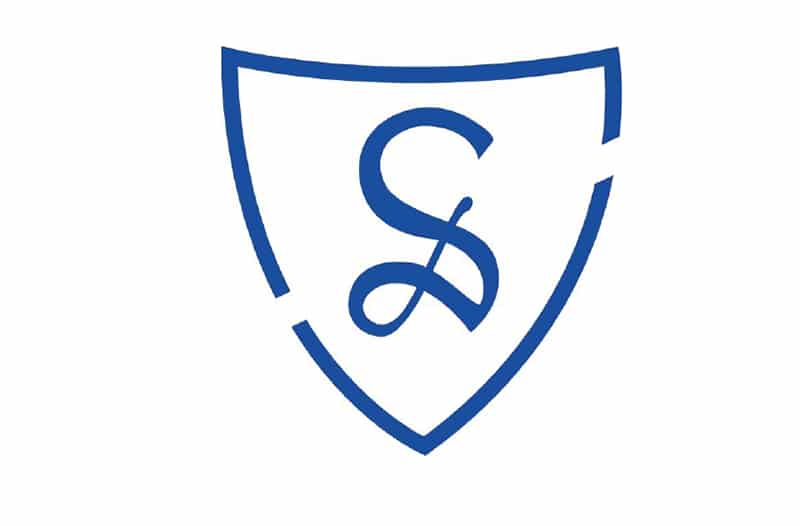by Mike Knaak
news@thenewsleaders.com
“We are grateful that we can keep our students in school as we know it is best for them academically and for their social-emotional well-being,” Superintendent Jeff Schwiebert said.
____________________
(This story appeared in the Oct. 30 print edition.)
Dramatic increases in Covid-19 cases forced the Sartell-St. Stephen school district to move to distance learning starting Tuesday, Nov. 10, for middle school and high school students. The last day for in-person student athletics and activities will be Saturday, Nov. 7.
The Stearns County case rate is 65.68 cases per 10,000 people over a 14-day period as of Oct. 29. Last week the district case rate was 40.26. State guidelines suggest that when the case rate exceeds 30, classes move to hybrid for elementary students and distance learning for older students. If the case rate is higher than 50, the state guidelines are distance learning for all students. At the beginning of the school year, the Stearns County case rate was 19.77 and it has been climbing since.
Currently pre-kindergarten through second-grade students are attending classes in person. Grades three through 12 are in a hybrid plan with students alternating in-person days with distance learning days.
“We would to be able to keep our youngest learners in school as long as we can,” Superintendent Jeff Schwiebert said in referring to the pre-kindergarten through fifth-grade students.
On Oct. 19, the school board adopted a more detailed set of health factors in addition to the county case rate when deciding how schools will operate. While considering the county case rate, administration also considers the school district case rate and school-specific data.
“We have seen more Covid-19 district exposures that have affected our student and staff attendance,” Schwiebert said. “The numbers are not going in the right direction.”
Nov. 11 marks the end of the first quarter for secondary students, who will finish the quarter in the hybrid plan. To allow staff time to prepare for the shift, there will be no school for students in grades six through 12 on Friday, Nov. 6. Monday, Nov. 9, will continue to serve as a staff professional development day as originally scheduled and students in grades pre-kindergarten-12 will not report for class.
By switching to distance learning on Nov. 10, Schwiebert said students will have a chance to complete first-quarter classes. Many students switch to new classes when the quarter changes and teachers will have a chance to meet their new students in person before moving to distance learning. Schwiebert said Nov. 10 was chosen so families have time to prepare.
The district finished the last school year with distance learning and Schwiebert said teachers and staff have learned from that experience.
“We’ve learned a lot about what they can do when they are distance learning,” Schwiebert said. “We’ve found some things to keep kids focused. It’s still a struggle. Educationally, we can get our kids through this.”
The district plans to end in-person sports on Nov. 7. Except for football and volleyball, other fall teams have finished their seasons. Winter sports teams face an uncertain future. Winter practices are scheduled to start the week of Thanksgiving. Written as well as verbal guidance from the state directed that during distance learning, there should be no extra-curricular activities.
Schwiebert said he’s gotten “lots of push back” on ending winter sports. But he said it doesn’t make sense to have teams practicing when they can’t be together in a classroom. Schwiebert said he’s asking the education commissioner to clarify the guidelines for sports.
On Oct. 26, The Anoka-Hennepin school board voted to continue with high school and middle school sports and extracurriculars, defying state guidance. Like Sartell-St. Stephen Anoka-Hennepin, the state’s largest district, decided to move middle and high school students to distance learning while keeping elementary students in a hybrid format.
According to the state health department, sporting events have been associated with 3,410 known infections, or 2.5 percent of the total statewide. The total includes 593 people involved with high school-age athletics. In the past week, there were two confirmed outbreaks associated with high school soccer and volleyball, state infectious disease director Kris Ehresmann said.
Before students can return to the classroom, the virus factors need to reverse direction. Schwiebert said the district will continue to look at the weekly trends that track statewide cases, local cases and cases among students and staff.
On Oct. 6, Gov. Tim Walz urged Minnesotans to follow mask and social distancing guidelines, and without citing a specific number, he said the state is below the national average for mask-wearing and not near the 95 percent goal.
The Institute for Health Metrics and Evaluation predicts more than 4,800 Covid-19 deaths in Minnesota by the end of the year, but less than 4,100 if the state had 95 percent compliance with mask-wearing in public. Almost 2,400 Minnesotans have now died from the disease.
“If we could convince everyone to wear a mask, we’d slow this thing down,” Schwiebert said.
The district announced this plan for the next three weeks:
Oct. 26-30
• Pre-kindergarten through second grade will continue to attend in person.
• Grades three through 12 will continue to follow the hybrid calendar.
Nov. 2-6
• Pre-kindergarten through second grade will continue to attend in person.
• Grades three through 12 will continue to follow the hybrid calendar.
• No school on Friday, Nov. 6, grades six through 12, to provide time for staff to prepare for distance learning.
Nov. 9-13
• No school on Monday, Nov. 9, for pre-kindergarten through grade 12; teacher professional development
• Pre-kindergarten through second grade will continue to attend in person.
• Grades three through five will continue to follow the hybrid calendar.
• Grades six through12 – all students in distance learning.
• No in-person athletics or activities (practices or events) for middle and high school students.



